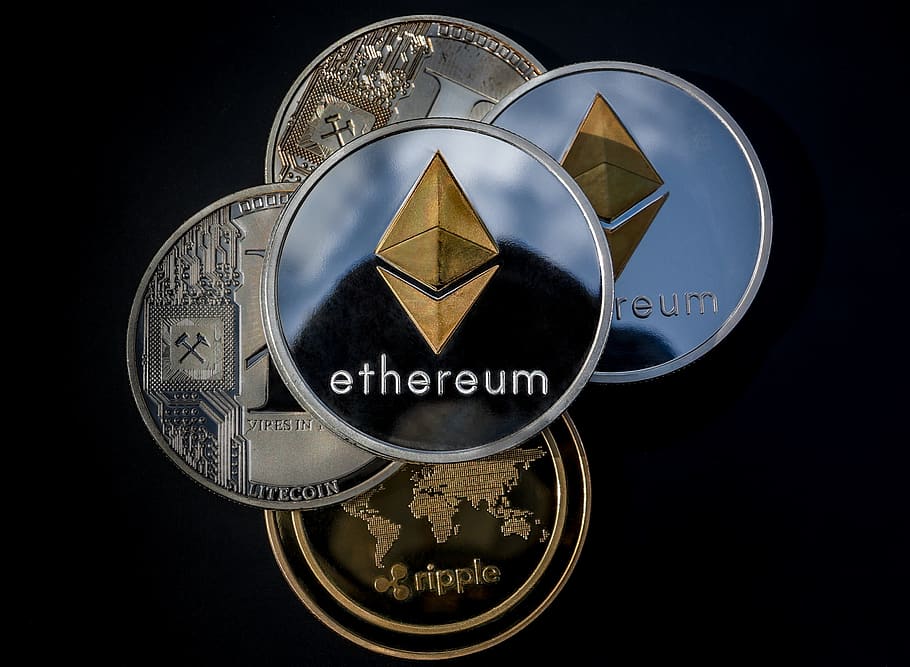A Comprehensive Look at Ethereum’s Origins, Founding Team, and the Impact of Their Innovation on the Blockchain Space
Ethereum, the brainchild of a group of visionary developers, has revolutionized the blockchain landscape by introducing the world to smart contracts and decentralized applications (dApps). This groundbreaking platform has given rise to a new era of innovation and development within the cryptocurrency space. In this comprehensive report, we will explore the history of Ethereum, the founding team, and the impact of their creation on the world of blockchain technology.
- The Genesis of Ethereum: Vitalik Buterin’s Vision
In 2013, Russian-Canadian programmer Vitalik Buterin introduced the Ethereum concept to the world in a whitepaper that outlined his vision for a decentralized platform that would allow developers to create and deploy smart contracts and dApps. Frustrated by the limitations of Bitcoin, Buterin envisioned a platform that would give developers the tools to build a wide range of applications on a single, decentralized network.
- The Founding Team: A Collective of Visionary Minds
Ethereum’s founding team was comprised of several talented and ambitious individuals who shared Buterin’s vision for a more flexible and versatile blockchain platform. Key members of the founding team included:
- Vitalik Buterin, the creator of Ethereum and a co-founder of Bitcoin Magazine
- Charles Hoskinson, who later founded Cardano
- Mihai Alisie, another co-founder of Bitcoin Magazine
- Anthony Di Iorio, a prominent entrepreneur and investor in the cryptocurrency space
- Gavin Wood, the creator of the Ethereum programming language, Solidity
This group of pioneers came together to lay the foundation for what would become one of the most transformative platforms in the blockchain ecosystem.
- The Ethereum Crowdsale and Launch
In July 2014, Ethereum conducted a highly successful crowdsale to fund the development of the platform. The sale raised over $18 million, with participants receiving Ether (ETH), Ethereum’s native cryptocurrency, in exchange for their contributions. Ethereum officially launched on July 30, 2015, ushering in a new era of blockchain innovation.
- Ethereum’s Unique Innovations: Smart Contracts and dApps
Ethereum’s most significant contributions to the blockchain space are its introduction of smart contracts and dApps. Smart contracts are self-executing contracts with the terms of the agreement directly written into code. These contracts enable trustless transactions to occur without the need for intermediaries, streamlining processes, and reducing costs.
Decentralized applications, or dApps, are built on top of the Ethereum blockchain and leverage smart contracts to provide various services to users. Ethereum’s flexible and versatile platform has led to the development of numerous dApps across a wide range of industries, including finance, gaming, and supply chain management.
- The Rise of Decentralized Finance (DeFi)
Ethereum’s smart contract capabilities have been instrumental in the emergence and growth of decentralized finance (DeFi). DeFi refers to a variety of financial applications built on blockchain networks that aim to remove intermediaries and provide more accessible financial services. Ethereum’s platform has given rise to countless DeFi projects, including decentralized lending platforms, decentralized exchanges, and tokenized assets.
- The Road to Ethereum 2.0: Addressing Scalability and Energy Efficiency
As Ethereum’s popularity has grown, so too have concerns about its scalability and energy consumption. To address these issues, the Ethereum community is working on Ethereum 2.0, a major upgrade that aims to improve the platform’s efficiency and scalability. Ethereum 2.0 will introduce significant changes, such as a transition from a proof-of-work consensus mechanism to a proof-of
stake model, which will reduce energy consumption and increase transaction throughput.
The Ethereum 2.0 upgrade will also implement sharding, a technique that divides the network into smaller, interconnected chains (shards) to improve scalability. This ambitious upgrade is expected to unfold in multiple phases over several years, with the ultimate goal of enhancing Ethereum’s overall performance and sustainability.
- Ethereum’s Impact on the Blockchain Ecosystem
Ethereum’s introduction of smart contracts and dApps has inspired countless developers and entrepreneurs to create innovative solutions using blockchain technology. The platform has given rise to numerous successful projects, including Chainlink, Aave, Uniswap, and many others, which have contributed to the growth and development of the broader blockchain ecosystem.
Ethereum’s influence extends beyond the creation of new projects, as it has also inspired other blockchain platforms to incorporate smart contract capabilities and dApp development. For example, platforms like Cardano, Polkadot, and Binance Smart Chain have emerged with their unique approaches to smart contracts and decentralized applications, further expanding the blockchain space.
Conclusion:
Ethereum’s history is a testament to the power of vision, collaboration, and innovation. The platform has forever changed the landscape of blockchain technology, introducing the world to the transformative potential of smart contracts and decentralized applications. As Ethereum continues to evolve and adapt to the challenges it faces, its impact on the blockchain ecosystem will undoubtedly continue to grow, shaping the future of decentralized technology for years to come.

